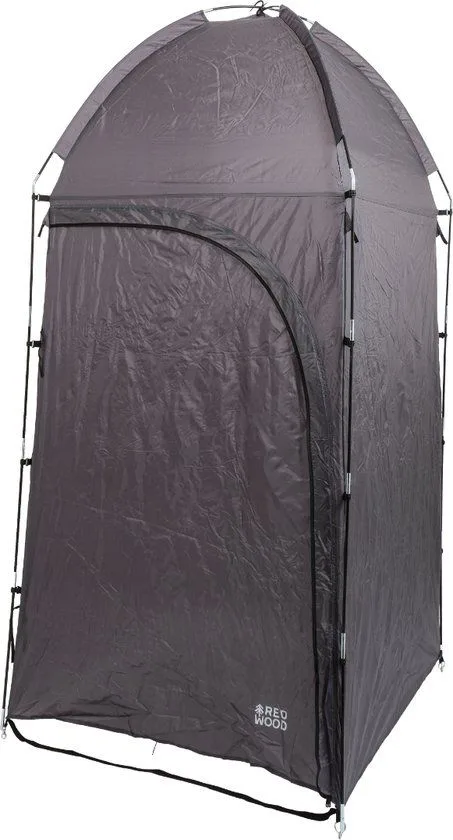Accommodation during Kilimanjaro climb typically involves staying in mountain camps or huts along the chosen route. The type of accommodation available varies depending on the route selected:
Many climbers/trekkers choose camping, establishing tents at designated campsites. Our porters typically carry the tents, sleeping pads, and other camping gear. On routes such as the Machame and Lemosho routes, we provide tent accommodation throughout the climb.
Routes similar to the Marangu route offer bunk-style accommodations within mountain huts. These huts feature dormitory-style rooms containing bunk beds and shared facilities like dining areas and toilets. Often dubbed the “Coca-Cola” route, the Marangu route earns this nickname due to its offering of more amenities than other routes.
During Kilimanjaro climb, accommodations offer basic shelter and some comfort for climbers or trekkers. Facilities, especially at higher altitudes, may be limited, preparing climbers for rustic conditions and shared spaces. Our climbers use four-season mountain tents throughout the trek. Serengeti Camping Safari maintains high standards, providing and upkeeping the finest tents. We offer top-quality waterproof tents from Mountain Hardware for each Kilimanjaro trek. Included are mess/dining tents, crew sleeping tents, portable toilets, and client tents. Purpose-designed tents cater to high-altitude travel in all mountain seasons, ensuring optimal comfort.
Sleeping Tents
Across all routes except for Marangu, accommodation revolves around designated mountain campsites. We equip our climbers/trekkers with the durable Mountain Hardwear Trango 3 tents, which are engineered for year-round use in varied conditions. Our tents are designed to house two occupants, these tents offer generous space even when shared by two, allowing room for both individuals and their gear. It’s essential to understand that these mountain tents prioritize functionality, built to endure extreme weather conditions while ensuring your comfort and protection. However, unlike the roomy tents commonly seen at home, these tents aren’t spacious enough for standing or moving around freely inside.

Dinning Tents
In all routes except Marangu, we set up designated official camping areas where we organize dining setups within our four-season Mountain Hardwear Trango 3 tents. These spacious tents, originally designed for multiple occupants, create a welcoming dining space that comfortably accommodates several individuals. They cultivate a communal atmosphere, enabling climbers to gather, dine, and share stories after a day’s trek. Despite their capacity for more than three people, when repurposed for dining, these tents efficiently seat and cater to a larger group, providing ample room for everyone’s gear. The dining areas within these tents function as social hubs, fostering connections among climbers, facilitating the exchange of experiences, and offering rejuvenation for the challenges ahead. However, it’s important to note that while these tents are durable and designed to ensure warmth, dryness, and comfort in challenging weather conditions, they lack the headroom or space for free movement typically found in standard household tents.
Toilet Tent
In our dedicated camping areas along routes other than Marangu, we have creatively repurposed the four-season Mountain Hardwear Trango 3 tents as exclusive and well-maintained toilet facilities. These spacious tents, originally designed for various functions, now cater to climbers’ private, hygienic, and comfortable toilet needs. Despite their original design, these adapted tents excel in providing a reassuringly clean and discreet environment, ensuring comfort amidst the challenging conditions of the climb. Our efficient use of these tents demonstrates our commitment to providing climbers with convenient and respectful facilities throughout their journey. However, it’s important to note that while these facilities prioritize cleanliness and privacy, they don’t offer the spaciousness typical of standard household tents.

Embark on your Kilimanjaro adventure with the assurance of exclusive, private camping that redefines mountain comfort. We take pride in elevating your experience, providing not just shelter but a sanctuary amidst the towering heights. Our meticulously curated private camps boast the pinnacle of mountain luxury, offering warmth, coziness, and ample space to unwind. No worries about dampness or chill – our top-tier equipment ensures you stay dry and snug, cocooned in comfort at every step of the climb. Picture yourself in a spacious haven, surrounded by the majesty of Kilimanjaro, indulging in the best camping moments imaginable. Elevate your journey, not just in altitude but in unmatched camping opulence, making every night a memorable highlight of your Kilimanjaro conquest.
When embarking on a trek up Mt Kilimanjaro, accommodation options primarily comprise two choices: mountain huts or tented camps, each offering unique hospitality experiences. While the Marangu route stands as the sole trail providing sheltered mountain huts equipped with bunk beds, other paths offer a different charm through tented campsites. These campsites not only immerse trekkers in the breathtaking natural surroundings but also provide an exceptional level of personalized hospitality. Experienced guides and porters often accompany trekkers, not only to assist with the climb but also to ensure a comfortable stay. The tented camps foster a sense of community and warmth, where trekkers gather around roaring campfires to share stories, enjoy hearty meals, and revel in the camaraderie, creating an unforgettable atmosphere of shared adventure. This blend of natural beauty and genuine hospitality not only adds to the physical comfort but also enriches the emotional experience of conquering Africa's highest peak
Unless you opt for the Marangu Route, where accommodation is provided in huts along the trek, most climbers staying on Kilimanjaro will rely on tents carried by their porters. While the temptation to seek shelter in the natural caves might arise, it's crucial to adhere to park regulations prohibiting such actions. These regulations ensure the preservation of the mountain's natural environment and the safety of climbers. The Marangu Route, distinct in this aspect, offers huts for accommodation, eliminating the need for camping equipment. These huts provide a different experience, fostering a sense of camaraderie among climbers sharing the same lodging, but they also require early booking due to limited availability.